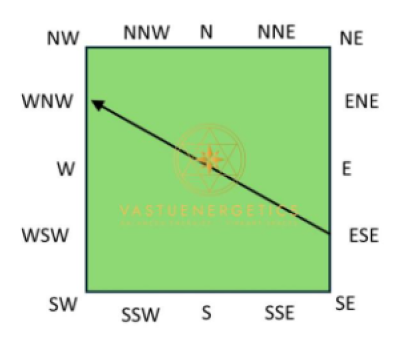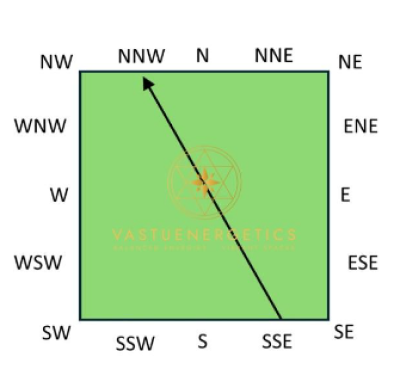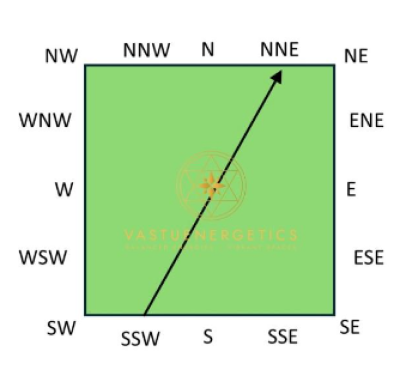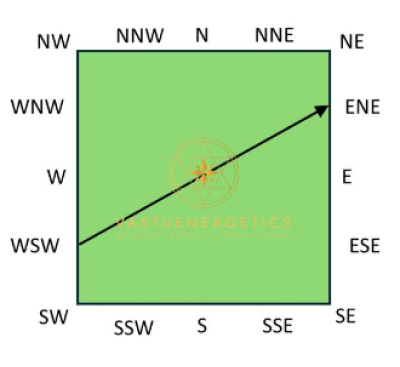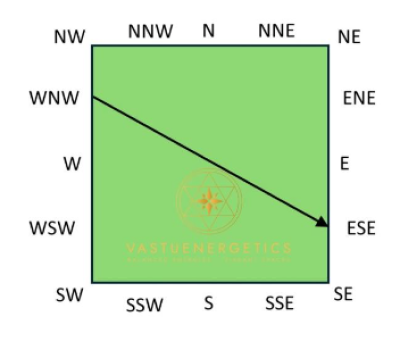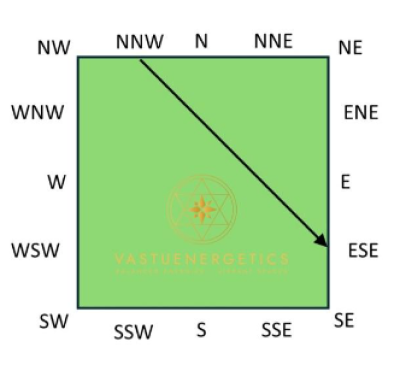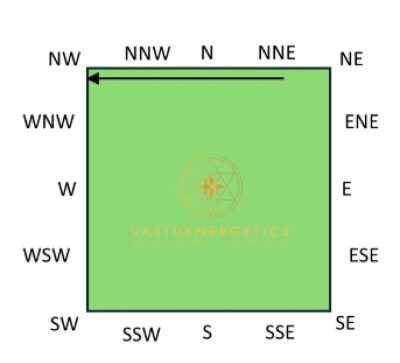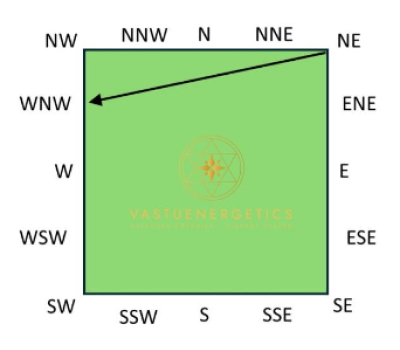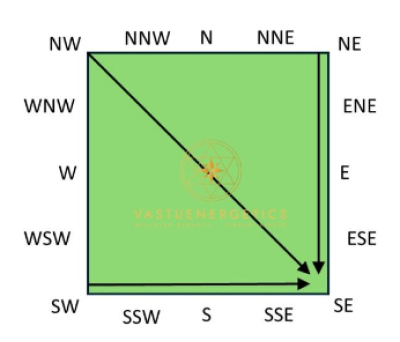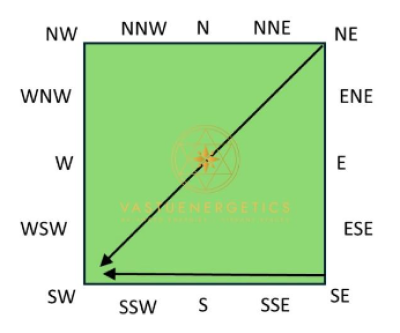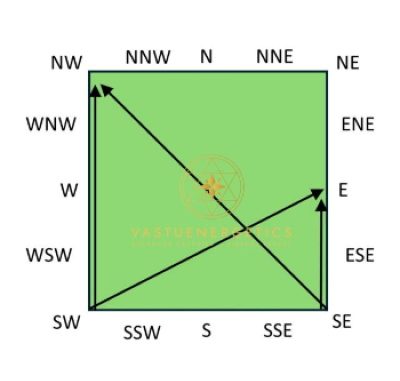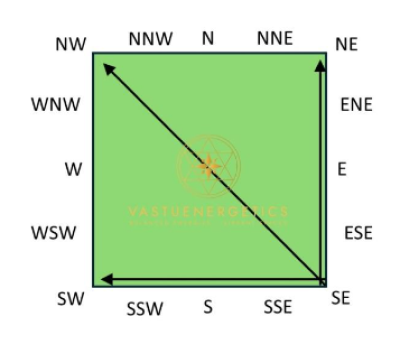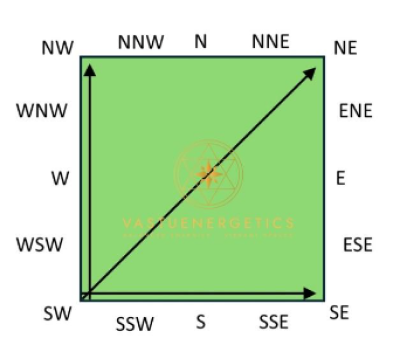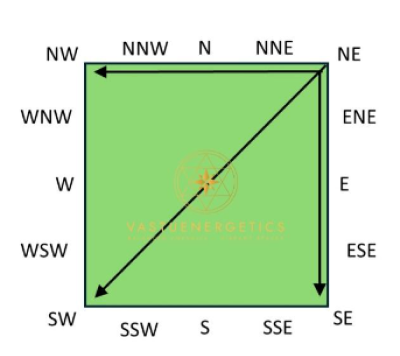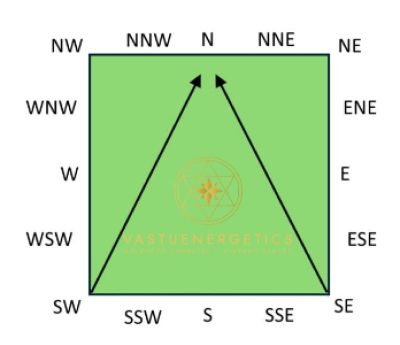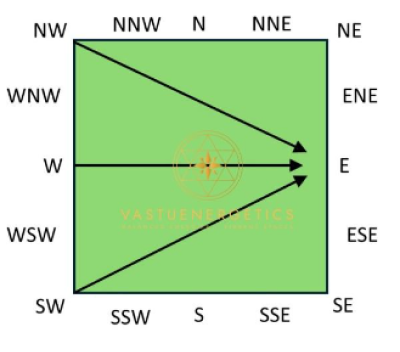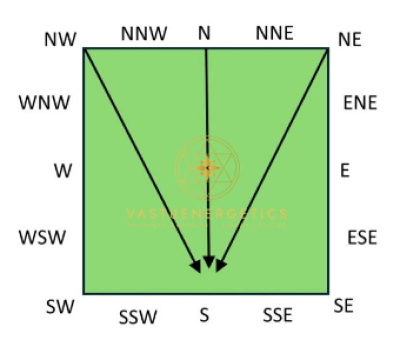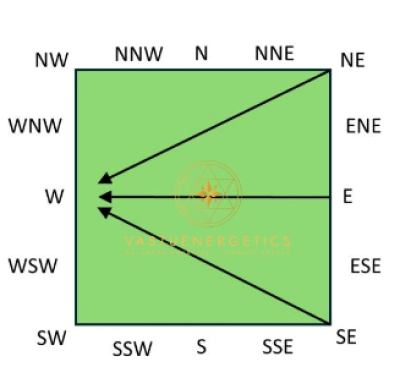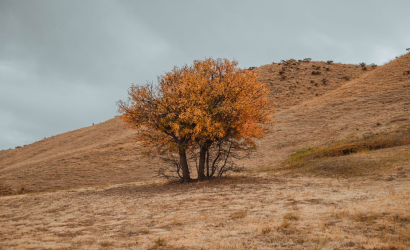Slope of Land in Cardinal Directions:
Slope in East Direction:

Slope in West Direction:

Slope in South Direction:

Slope in North Direction:

Raised in Centre:
# The land which is low in the middle causes one to migrate.
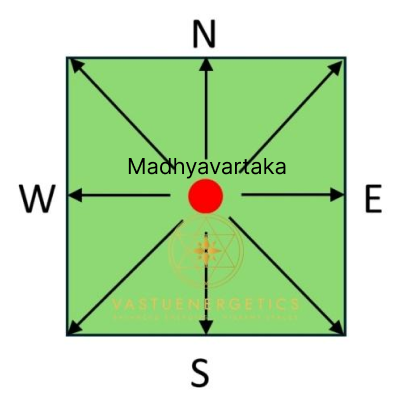
Slope of land in Intermediate Directions / Slope of land in intercardinal Directions:
Slope in Southeast Direction:

Slope in Southwest Direction:
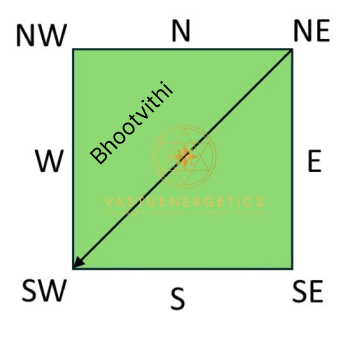
Slope in Northwest Direction:

Slope in Northeast Direction:

These lands according to their slopes have been accepted as prosperous, wealth-destroying, life-destroying, poverty-causing, and welfare-providing respectively.
Vastu text “Manushyalaya Chandrika” informs us about the effects of elevated land.
Slope of land and Its Effects with Time
Land raised in Centre and North – Gives Growth up to 10 years.
Land raised in Southeast and East – Gives 100 years of development.
Land raised in Southwest – Gives Expansion up to 1000 years.
Land raised in West – Gives Growth, Success up to 500 years.
Land raised in Centre and East – Gives Growth up to 10 years.
Land raised in Northwest – Gives Progress until 12 years.
Land raised in North – Gives Prosperity for 8 years.
Land raised in Northeast – Gives growth up to 6 years.
It needs to be noted that the inauspicious effects or results of the land may not be felt immediately, and that problems would start once the initial good period is over.
Names given to the slope of land and its position in Vastu as per 16 directions:
